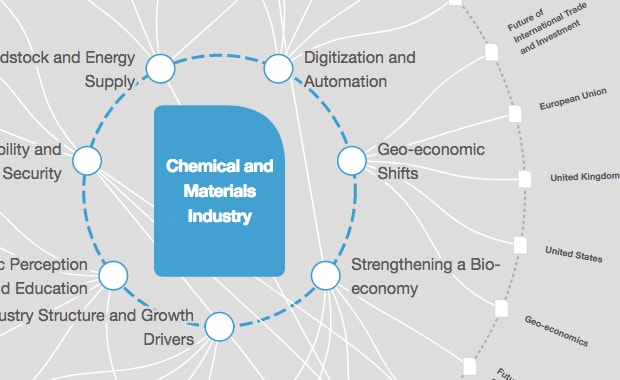This watchmaker uses mushrooms to make leather watches

Wristwatches with straps made of mycelium leather are pictured at Pala Nusantara's workshop. Image: REUTERS/Irene Barlian

Get involved with our crowdsourced digital platform to deliver impact at scale
Stay up to date:
Chemical and Advanced Materials
A watchmaker in Indonesia’s Bandung city thinks the next step in sustainability is a wristwatch with a strap made out of the complex root structure of a mushroom.
Mycelium leather, as the material is known, is fibrous and tough yet pliable and waterproof, and has been touted as an environmentally-friendly alternative to synthetic products or natural leather made from animal hide.

Erlambang Ajidarma, head of research at Mycotech, the start-up supplying the mycelium leather to make the wrist straps, said his team was inspired by tempeh, a traditional Indonesian savory dish made by fermenting soybeans with fungus.
“Finally we found one mushroom with a mycelium that can be made into binding material,” said Ajidarma, after testing several different types of mushrooms since 2016.
Now, the company grows the fungus on sawdust and then harvests the leather. After scraping off the sawdust, it is dried and then cut to various sizes, depending on the use.
The process is tedious, taking around three weeks to make 10 square meters of material. But Ajidarma thinks it’s worth it.

It costs less to make mycelium leather than to make petroleum-based synthetic leathers, he says, and the mycelium manufacturing process produces a fraction of the carbon dioxide emitted by the cows killed to make real leather.
Ajidarma’s team also uses dyes extracted from leaves, roots and food waste to color the mycelium leather, which they say absorbs dye faster than leather made from animal hide.
Watchmaking company Pala Nusantara cuts and sews the leather into the straps for its watches, which are made with a wooden bezel.
The watches, priced between 900,000 and 1.3 million rupiah ($64 and $93), are mostly sold online, said Andang Maulana Syamsuri, managing director of Pala Nusantara.
And at least one potential customer is interested.
“I would be very interested in a watch made of natural material and plants because I’ve been allergic to a few that I bought in the past,” said Nurcholis Irvan, a customer at a watch shop in Jakarta.
Don't miss any update on this topic
Create a free account and access your personalized content collection with our latest publications and analyses.
License and Republishing
World Economic Forum articles may be republished in accordance with the Creative Commons Attribution-NonCommercial-NoDerivatives 4.0 International Public License, and in accordance with our Terms of Use.
The views expressed in this article are those of the author alone and not the World Economic Forum.
The Agenda Weekly
A weekly update of the most important issues driving the global agenda
You can unsubscribe at any time using the link in our emails. For more details, review our privacy policy.
More on Industries in DepthSee all
Abhay Pareek and Drishti Kumar
April 23, 2024
Charlotte Edmond
April 11, 2024
Victoria Masterson
April 5, 2024
Douglas Broom
April 3, 2024
Naoko Tochibayashi and Naoko Kutty
March 28, 2024






